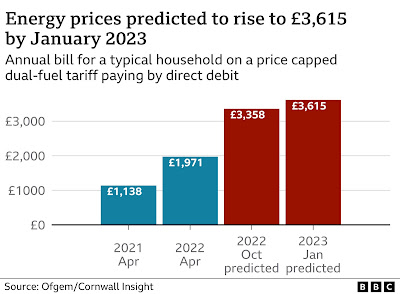California Energy Alert - Rolling Blackouts Possible Due to historic heat wave Strain on Power Grid
As Californians crank up the air conditioning amid a heat wave, state authorities are advising residents to reduce their electricity consumption to avoid putting strain on the power infrastructure and risking rolling blackouts.
On Monday, a California grid operator issued a power system emergency notice and reinforced pleas for consumers to minimize electricity consumption this week throughout the afternoons and nights to avoid disruptions. The California Independent System Operator, or CAISO, supplies energy to around 80% of the state.
On Monday, a statewide Flex Energy Alert was in place for the sixth day in a row, from 4 p.m. to 10 p.m. PT. During a Flex Alert, people are advised to adjust their thermostats to 78 degrees Fahrenheit or higher, avoid using large appliances, and turn off any unneeded lights.
Overview
The state of California is suffering a
protracted, record-breaking heat wave Rolling
Blackouts, putting a strain on the state's electricity grid. Since Monday,
the state's grid operator, California ISO, has warned of the possibility of
widespread blackouts if the electricity supply cannot keep up with demand.
Since the start of the hot wave, Cal-ISO has issued nine consecutive Flex Alerts, advising Californians to save energy between the hours of 3 p.m. and 7 p.m. and 10 p.m., when grid demand is strongest.
Temperatures in the Sacramento valley are
expected to stay over 100 degrees through the end of the week, prompting the
National Weather Service to issue an extreme heat warning for much of the state
until 8 p.m. Friday.
What is the connection between heat and the state's electricity grid?
During a hot wave, more individuals are likely to switch on their air conditioners, according to Cal-ISO, which increases the demand for power.
The warmest part of the day, from late afternoon to early evening, is also when many people are at home, cooking supper on the stove, running the dishwasher, and using other significant appliances such as washing machines.
Renewable energy sources are also less available at these hours; solar power output decreases when the sun begins to set, which usually occurs at about 4 p.m., according to Cal-ISO.
When users across the state increase demand — for example, by using air conditioning and large appliances — and the total energy supply begins to decline, the state's power system may become overwhelmed.
Cal-ISO is in charge of managing the flow of
electricity throughout 80% of the state's energy infrastructure, supplying
power to three utility companies: Pacific Gas and Electric, San Diego Gas and
Electric, and Southern California Edison. The group monitors energy demand from
these utility firms and can send out emergency notifications if supply becomes
insufficient.
What exactly are rolling blackouts?
California rolling blackouts are When demand for electricity exceeds available supply, energy firms can arrange a series of brief outages dispersed over their service region to lessen the likelihood of a longer-lasting, widespread system outage.
"Planned outages help extend available energy when supplies are low and guarantee the grid doesn't collapse into uncontrolled and unexpected power failures," Cal-ISO officials stated.
While the state generates a significant amount of its own energy, it also receives additional energy from neighboring states such as Oregon and Nevada, particularly when demand is high. Transmission lines, both above and below ground, aid in the flow of energy between nations.
According to Cal-ISO authorities, rolling blackouts can help maintain the dependability of electrical systems in California and neighboring states.
This type of rolling blackout is uncommon; the last time California had rotating blackouts was during a severe heatwave in 2020. Previously, the state has not seen Cal ISO-issued blackouts since 2001.


Comments
Post a Comment